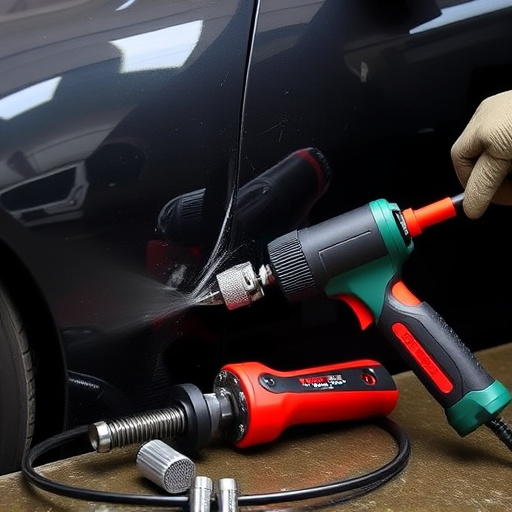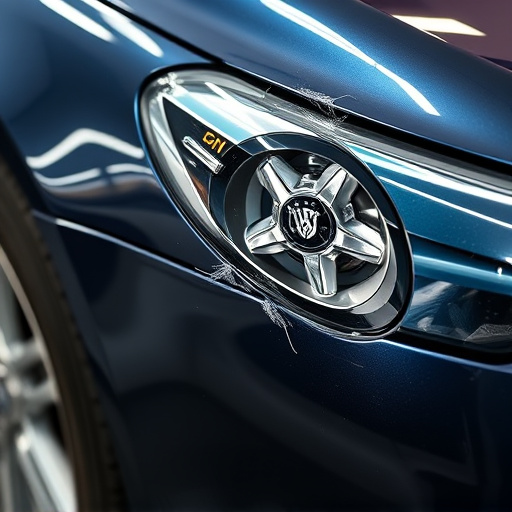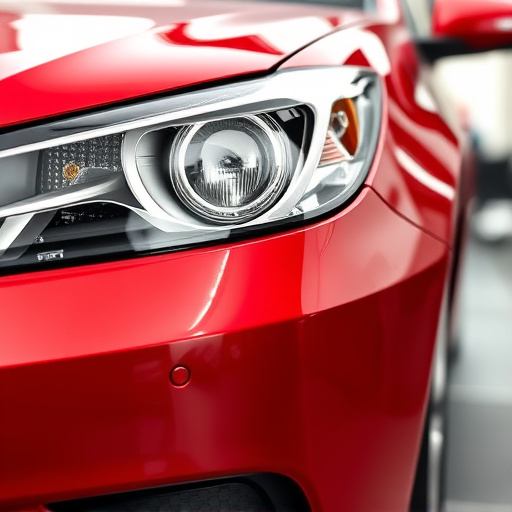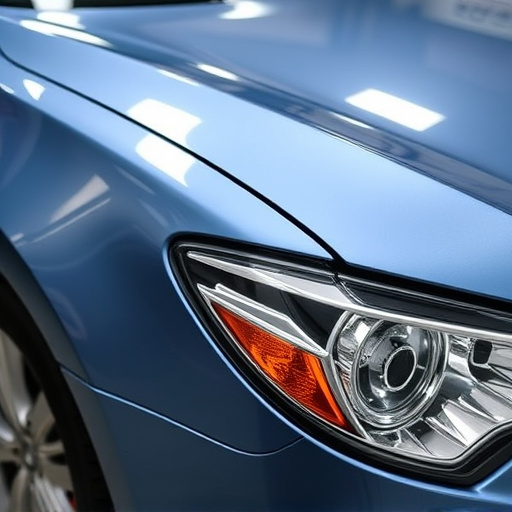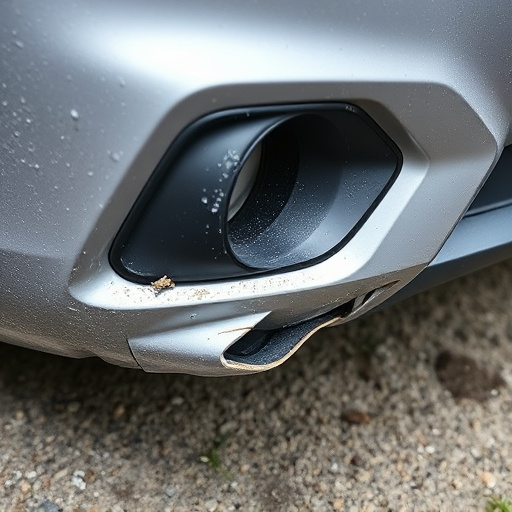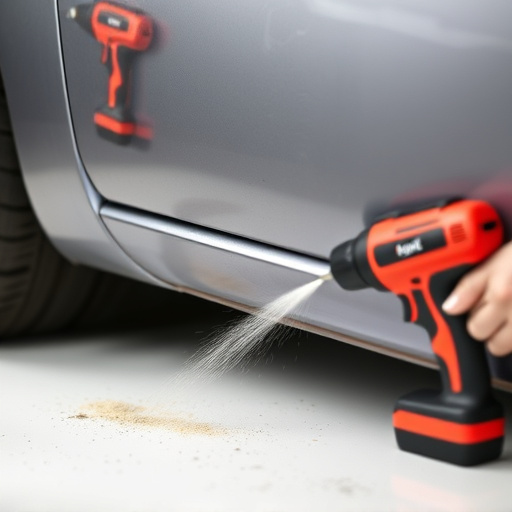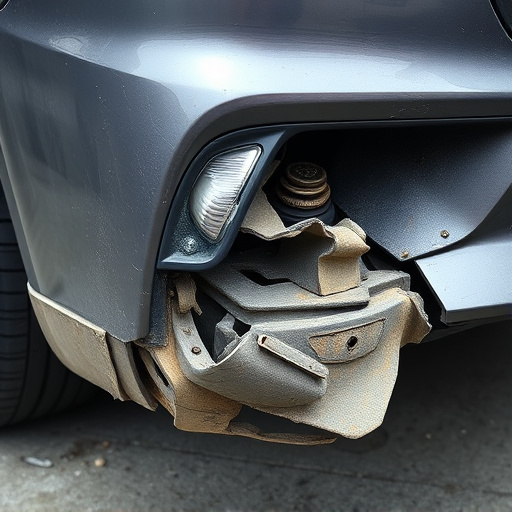Ultrasonic dent detection revolutionizes auto body repairs and dental diagnostics. This technology uses high-frequency sound waves to accurately identify and measure vehicle dents, ensuring precise repairs while preserving classic car aesthetics. In dentistry, it reveals hidden issues like cracks and caries, aiding in early detection and effective treatment planning for restorative work, cosmetic procedures, and orthodontics.
Unveiling the secrets of ultrasonic dent detection, this comprehensive guide delves into the cutting-edge technology reshaping dental practices. From understanding the fundamentals of ultrasonic waves in tooth cleaning to exploring the critical components—transducers and probe design—we unravel the advantages and diverse applications that make it a game-changer in oral care. Discover how this innovative approach enhances precision and efficiency, promising a brighter, healthier smile for patients worldwide.
- Understanding Ultrasonic Technology for Dent Detection
- Key Components: Transducers and Probe Design
- Advantages and Applications in Dental Care Practices
Understanding Ultrasonic Technology for Dent Detection
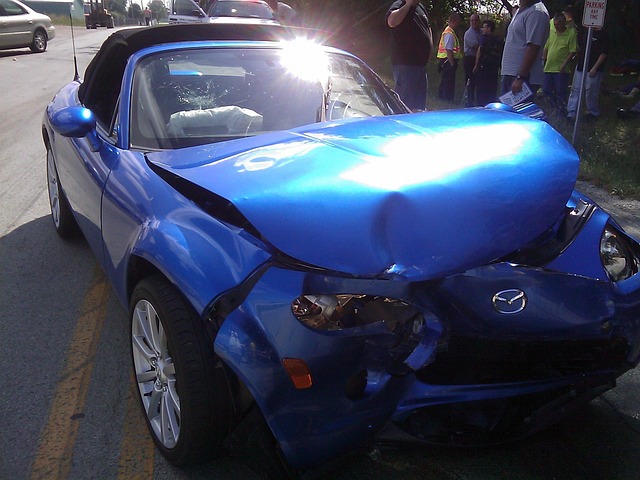
Ultrasonic technology has revolutionized dent detection in the automotive industry, particularly in auto body repairs and vehicle body shops. This advanced method goes beyond traditional visual inspection by employing high-frequency sound waves to pinpoint even the subtlest of dents or damage on a vehicle’s body panel. By transmitting these ultrasonic pulses, technicians can accurately measure the depth and location of dents, ensuring precise and effective repairs for both modern and classic car restoration projects.
The key advantage lies in its non-destructive nature, allowing for detailed inspections without causing any harm to the vehicle’s surface or structural integrity. This is particularly crucial when dealing with delicate classic cars, where every touch must be measured and careful to preserve the original aesthetics and value. Ultrasonic dent detection provides a level of precision that complements traditional auto body repairs, enabling technicians to deliver top-notch services for all types of vehicles.
Key Components: Transducers and Probe Design
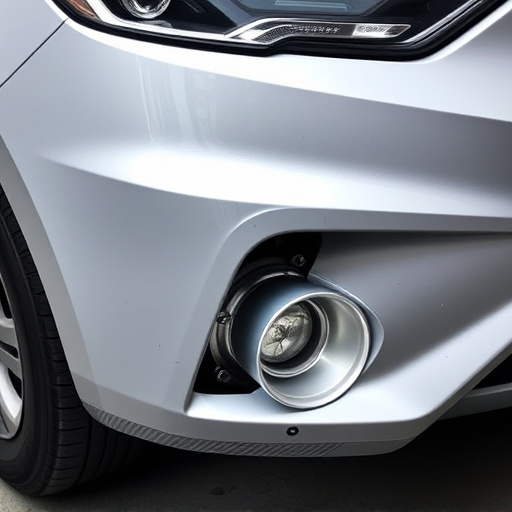
The heart of any ultrasonic dent detection system lies in its key components: transducers and probe design. Ultrasonic dent detection leverages high-frequency sound waves to identify and measure dents in materials, with applications notably seen in car body restoration and paintless dent repair. Transducers, which convert electrical energy into ultrasound, are crucial for emitting these sound waves. Their quality directly impacts the system’s accuracy and resolution.
Probe design plays a vital role as well. The shape, size, and material of the probe tip must be tailored to the surface and material being inspected, whether it’s the sleek finish of a vehicle’s paint or the intricate contours of a metal panel. A well-designed probe ensures optimal contact, minimizing damage while maximizing sensitivity, thereby facilitating precise vehicle paint repair and restoration processes.
Advantages and Applications in Dental Care Practices
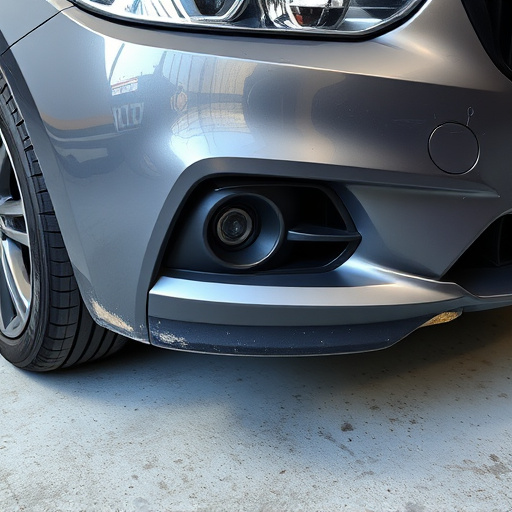
Ultrasonic dent detection offers a multitude of advantages in dental care practices, revolutionizing traditional diagnostic methods. This advanced technology enables dentists to visualize and assess dental structures with unprecedented precision. By emitting high-frequency sound waves, ultrasonic devices create detailed images of teeth, revealing subtle cracks, caries, or abnormalities that might otherwise go unnoticed. This non-invasive approach not only aids in early detection but also assists in planning more effective treatment strategies.
The applications of ultrasonic dent detection are vast, from general check-ups to specialized procedures. Dentists can use it to guide restorative work, such as filling cavities or preparing teeth for crowns. Moreover, it plays a crucial role in cosmetic dentistry, ensuring precise measurements for veneers or implants. Even in fields like orthodontics, this technology assists in monitoring the progress of tooth movements. Unlike collision repair services for vehicles or auto glass repair, where damage is visible, ultrasonic dent detection reveals hidden issues within dental structures, making it an indispensable tool for maintaining oral health and aesthetics.
Ultrasonic dent detection is a game-changer in dental care, offering precise and efficient tooth cleaning. By understanding the key elements, including the role of transducers and probe design, we can harness the advantages of this technology for improved patient outcomes and streamlined dental practices. Its applications range from advanced scaling to surgical guidance, making it an indispensable tool in modern dentistry.


